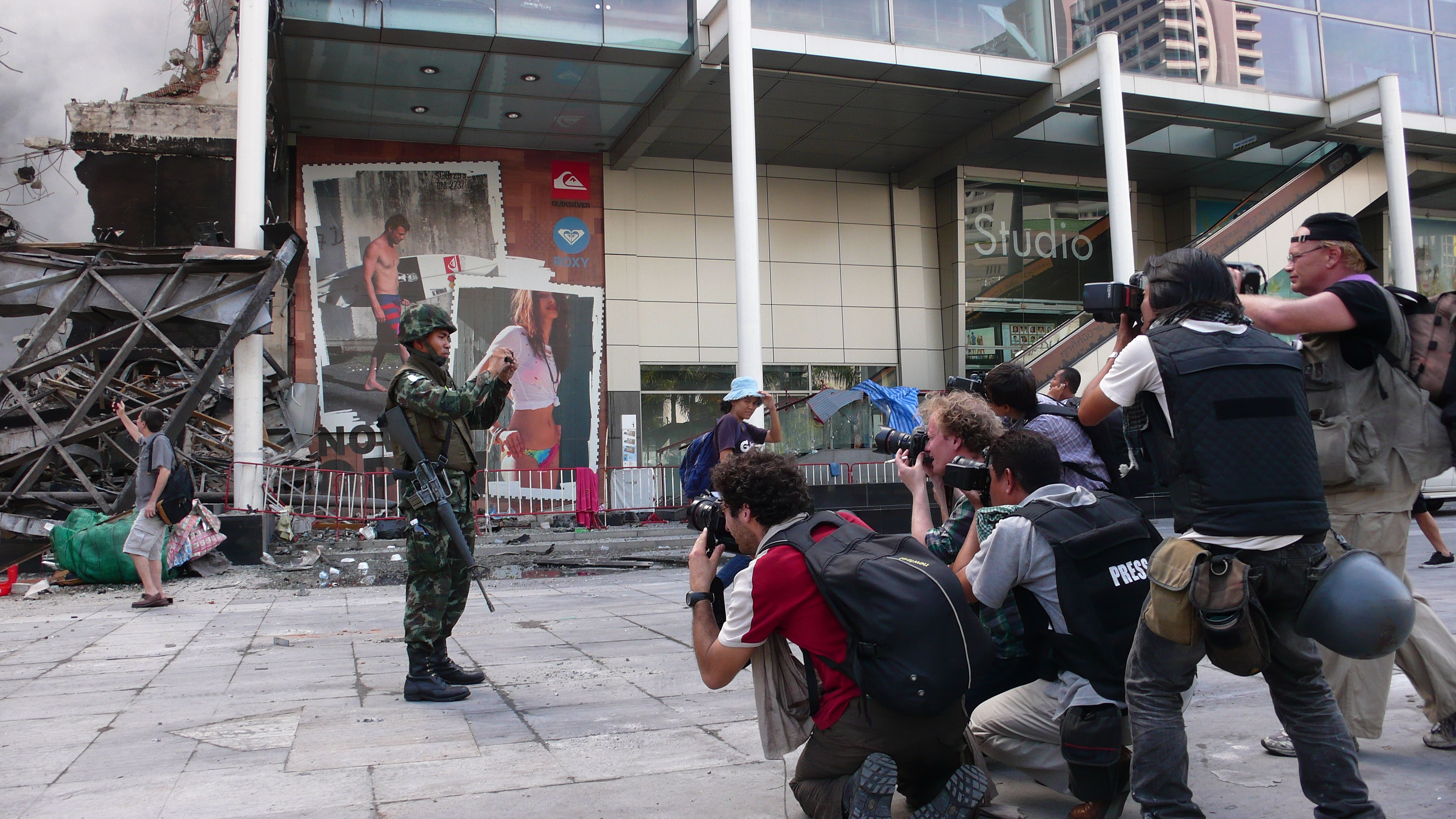​In the age of Trump and ‘fake’ news, amid the relentless 24/7 news cycle how do contemporary journalists navigate their way in a chaotic world?
Griffith University’s Associate Professor Susan Forde addressed this question in the2017 Arts, Education & Law Professorial Lecture at South Bank on May 16..
“Websites and social media off-shoots provide a limitless capacity for news content but the number of journalists reporting on an ever-more complex political scene is plummeting,’’ she said.
“Decreasing revenues have led to an urgent need to build audiences by whatever means necessary.
“For many news organisations, this means giving Donald Trump three times as much coverage as Hillary Clinton during the US election campaign because readers are far more likely to ‘click’ on a Trump story; or reporting a Paris robbery involving reality TV celebrity Kim Kardashian as the top news item of the day.”

While acknowledging the many challenges facing journalists, Associate Professor Forde said one of the biggest problems was public lack of trust in journalists.
“Journalists have always been low on the trust scale but partly due to Trump and his ‘alternative facts’, the general public have even less trust than ever before. There are real concerns about the way politicians like Trump are painting journalists as part of a ‘media elite’ that the public can and should ignore.”
She said another problem was that ‘anti-politicians’ like Trump and Pauline Hanson have tagged mainstream politicians as elitist, while maintaining the façade that they’re just like the voters they purport to represent.
“People are falling for this over truth, honesty and integrity.
“Journalists and politicians are lumped into one group — but if anybody is trying to get to the truth it’s journalists although the public doesn’t think that at this point in our history. Very few people see journalists as the public’s watchdogs anymore.”
Another problem facing contemporary journalists, she said, was that they tend to follow each other in the way they cover stories.
“They rarely leave their offices to chase stories, rather filing from their desks, doing phone or email interviews and pushing out as much content as possible.
“News organisations don’t have the resources to source different angles. The result is the homogenous news landscape and you really have to look beyond the mainstream news outlets to find independent stories.”
This lecture reflects on the rise of ‘post-truth’ and considers how journalists might better respond to reporting major issues in these dangerous and precarious times.
Associate Professor Forde is Director of the Griffith Centre for Social and Cultural Research at Griffith University. She is the author of Challenging the News: The Journalism of Alternative and Community Media and co-author of the recently released Journalism and Climate Crisis: Public Engagement, Media Alternatives.
She is founding editor with Professor Chris Atton of the Journal of Alternative and Community Media and has authored more than 50 scholarly articles on journalistic practice and professional traits, particularly in the growing sector of independent and community media.
